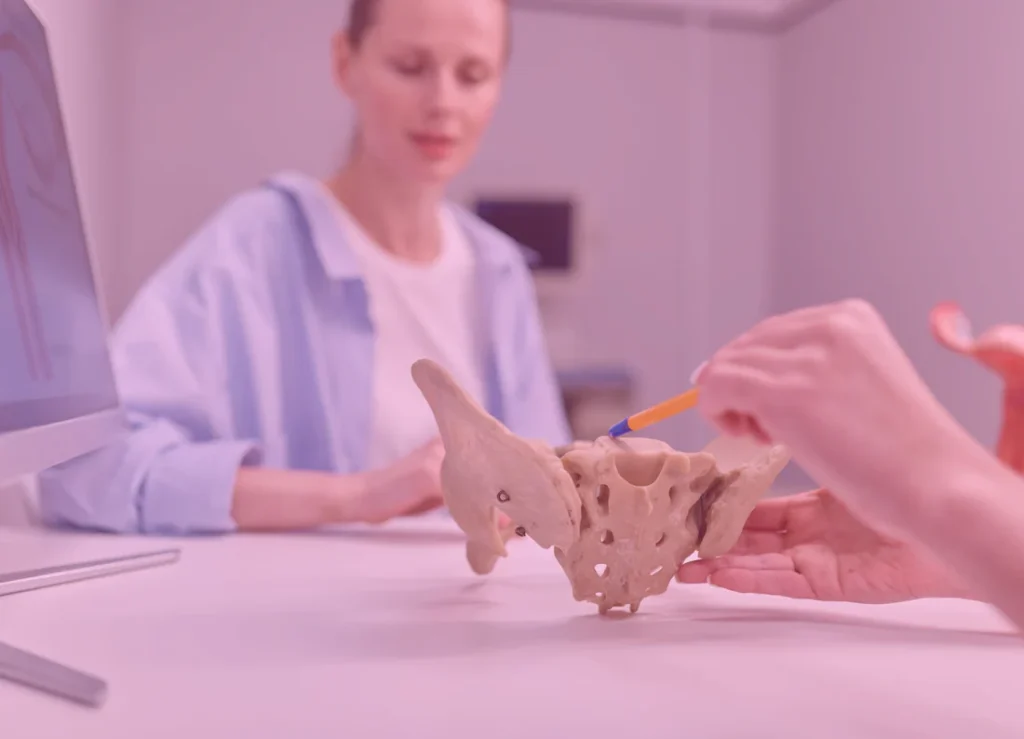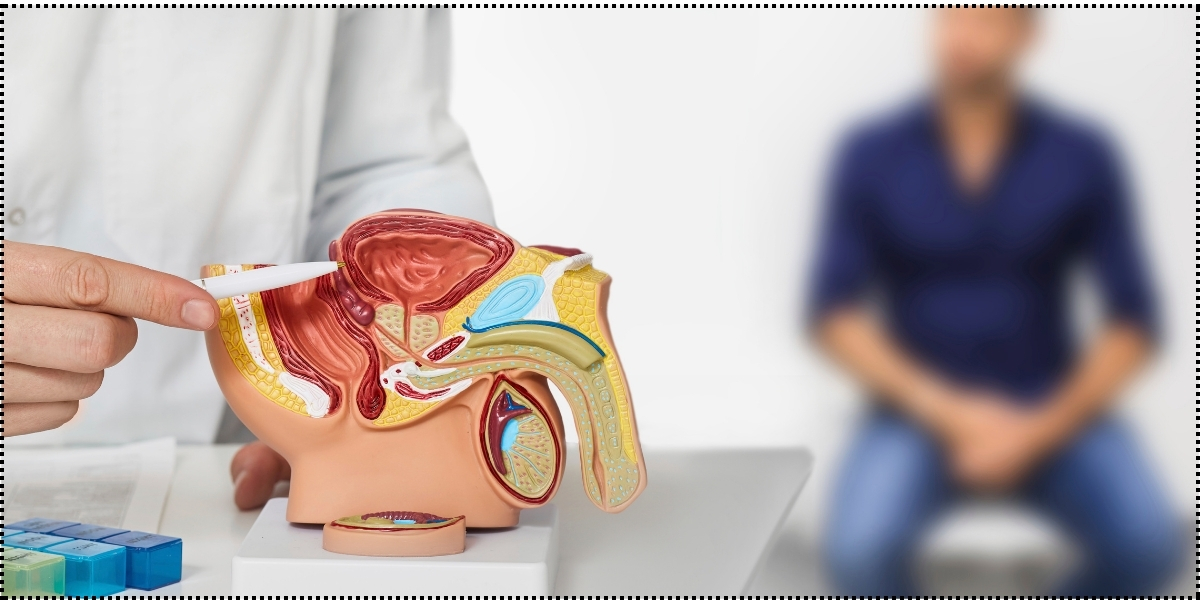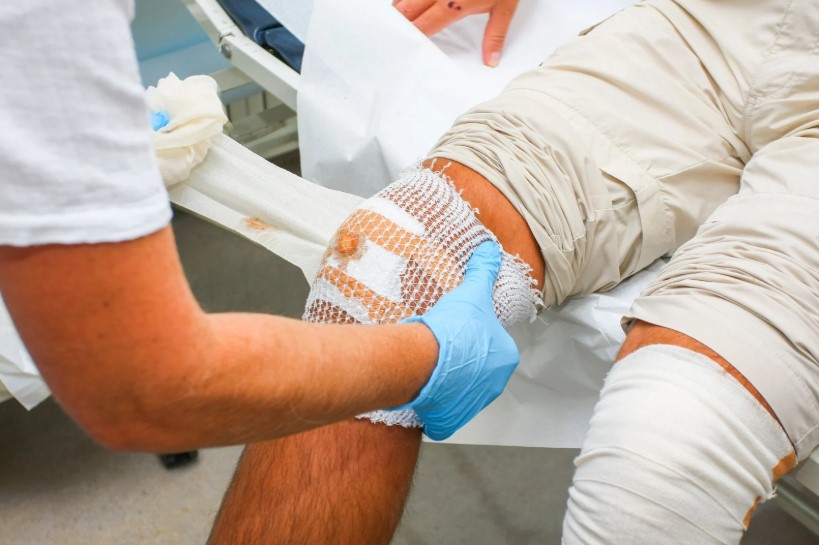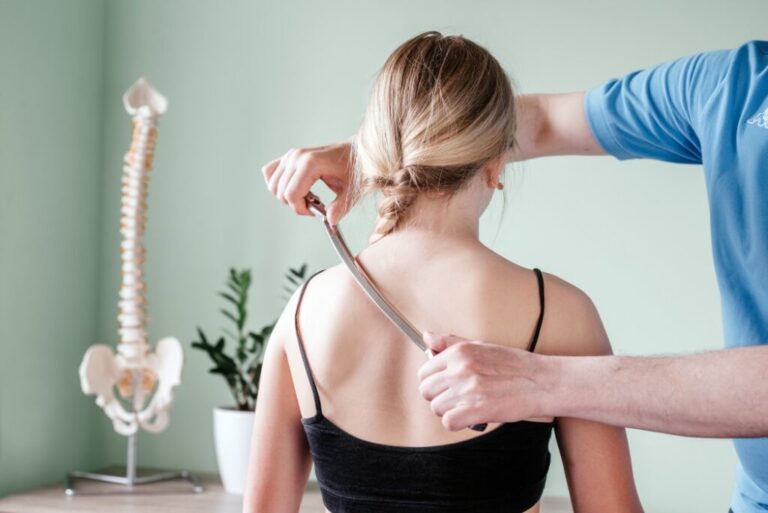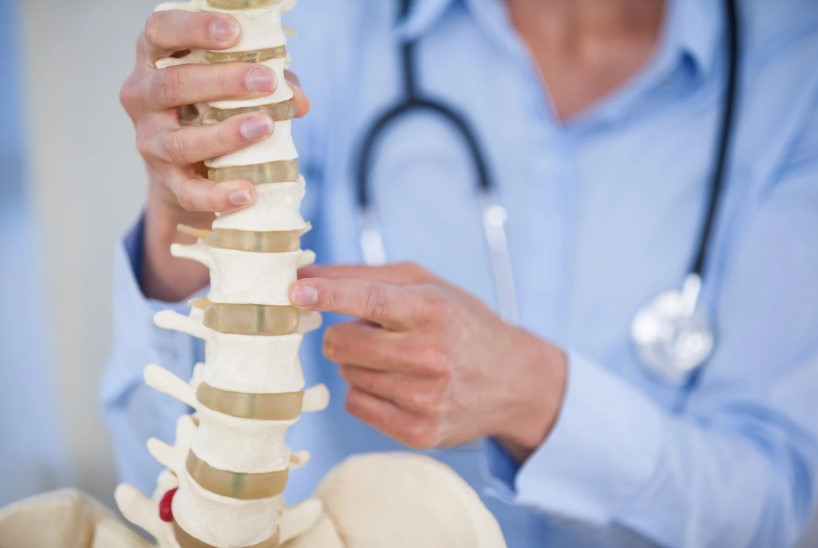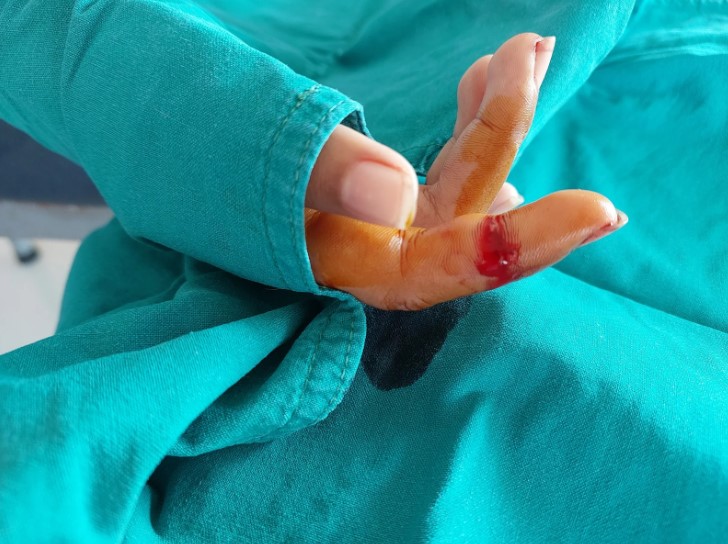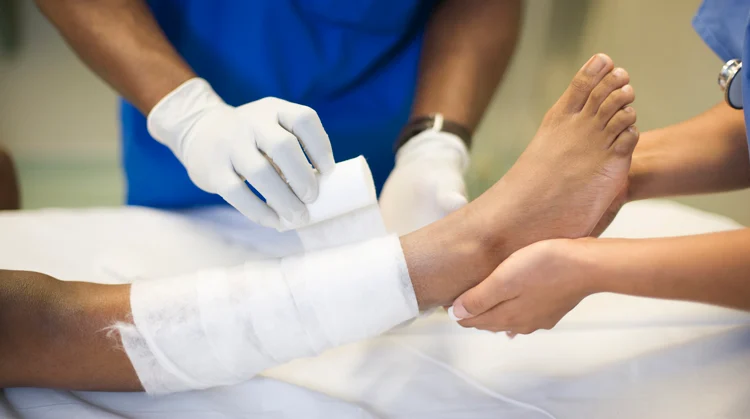Understanding Vaginismus
Vaginismus is a condition where the vaginal muscles contract involuntarily, making penetration painful or impossible. It can result from physical, psychological, or combined factors, and its severity varies between individuals. This condition may impact sexual activity, tampon use, and even routine gynecological examinations. Common triggers include past trauma, anxiety around sexual activity, medical conditions causing discomfort, or a combination of these factors. Recognizing vaginismus as a legitimate medical issue rather than a personal flaw can help reduce feelings of shame. Understanding the root cause is essential because treatment differs depending on whether the origin is physical, emotional, or both. With proper guidance, vaginismus treatment can restore confidence, intimacy, and a sense of control over one’s body.
Recognizing the Symptoms of Vaginismus
Identifying the symptoms is a key step in effective vaginismus treatment. Physical signs often include tightness, burning, stinging, or pain during penetration. Many women also experience discomfort with tampons or during gynecological exams. Emotional symptoms frequently accompany physical pain, such as anxiety, fear, or anticipatory tension, where the fear of pain causes the muscles to contract before penetration occurs. Differentiating vaginismus from other sexual health conditions, like infections or hormonal imbalances, ensures accurate treatment. Awareness of these symptoms provides a foundation for a comprehensive plan that addresses both the mind and body. Early recognition can prevent the condition from worsening and significantly improve quality of life.
Medical Approaches to Vaginismus Treatment
Medical treatment is often an essential component of managing vaginismus. Gynecologists or sexual health specialists assess underlying issues, rule out infections or structural anomalies, and provide guidance tailored to individual needs. Medications, such as topical anesthetics or hormonal creams, may be prescribed to reduce pain and facilitate progress in therapy. Pelvic floor physical therapy has shown high success rates by teaching muscle relaxation, strengthening supporting muscles, and gradually increasing tolerance to penetration. Therapists may use biofeedback or vaginal trainers to improve control over involuntary contractions. Collaborating with a healthcare professional ensures that the treatment plan addresses both physical and emotional factors. Integrating medical approaches with psychological support often leads to more effective and lasting results.
Therapeutic and Psychological Support
Emotional and psychological support is crucial in vaginismus treatment, especially when anxiety or past trauma plays a role. Cognitive-behavioral therapy (CBT) helps identify and challenge negative thought patterns around sexual activity, fostering healthier responses. Counseling provides a safe environment to explore trauma, relationship issues, and fear of intimacy. Relaxation techniques, mindfulness, and guided imagery help reduce stress and promote muscle relaxation, which is essential for penetration. Therapists can also help partners understand the condition, encouraging supportive communication and shared strategies. Addressing mental and emotional components empowers women to regain confidence and reduce fear. Consistent therapeutic practice often accelerates recovery and improves overall sexual well-being.
Home-Based and Self-Help Strategies
Self-guided techniques complement professional treatment and allow women to actively participate in their recovery. Vaginal dilation exercises, performed progressively with increasing sizes, help retrain muscles and reduce involuntary contractions. Pairing exercises with deep breathing and relaxation enhances effectiveness. Developing a routine that combines physical exercises with emotional readiness ensures steady progress. Partners can support by maintaining open communication, patience, and involvement where appropriate. Relaxation practices, such as warm baths, gentle massage, or mindfulness routines, help ease tension and create a positive mindset. Tracking progress and noting challenges encourages consistency and helps adjust strategies based on comfort levels. Home-based approaches, combined with professional guidance, significantly enhance vaginismus treatment outcomes.
Alternative and Complementary Approaches
Complementary therapies offer additional support for women seeking holistic treatment. Yoga and pelvic floor exercises improve flexibility, muscle control, and body awareness, which are essential for overcoming involuntary contractions. Biofeedback provides real-time data on muscle activity, helping women learn to relax effectively. Progressive muscle relaxation techniques, practiced at home or with a therapist, release deep-seated physical and emotional tension. Acupuncture has also been explored to improve circulation and reduce pain, though results may vary. When integrated with medical and psychological care, these approaches create a comprehensive recovery plan. Many women report that combining alternative methods with traditional therapies leads to improved relaxation, confidence, and overall well-being.
Developing a Comprehensive Treatment Plan
A successful vaginismus treatment plan combines medical, psychological, and home-based strategies tailored to individual needs. Setting realistic goals and timelines fosters motivation and prevents frustration. Regular monitoring by healthcare providers and therapists ensures that strategies remain effective and can be adjusted as progress occurs. Combining exercises, therapy, and relaxation techniques addresses both the root cause and its symptoms, creating a synergistic effect. Women are encouraged to maintain communication with partners, track progress, and celebrate small milestones along the way. By approaching recovery holistically, treatment is more likely to be successful and sustainable.
Overcoming Emotional Challenges During Treatment
Managing emotional challenges is a critical component of vaginismus treatment. Women may experience frustration, anxiety, or fear of recurrence, which can slow progress. Building a supportive network of professionals, partners, and peers provides encouragement and accountability. Practicing self-compassion, mindfulness, and stress reduction techniques can reduce negative emotional responses. Understanding that recovery is often gradual allows women to navigate setbacks without discouragement. Creating a safe, open environment for dialogue with partners fosters trust and intimacy. Addressing emotional well-being alongside physical recovery ensures a more effective and lasting treatment outcome.
Frequently Asked Questions (FAQ)
Can vaginismus be fully cured?
Yes, many women achieve full recovery with a combination of medical, psychological, and home-based approaches. Success depends on identifying the underlying cause and following a tailored treatment plan.
How long does treatment usually take?
Treatment duration varies, often ranging from several weeks to several months. Consistency with exercises, therapy, and relaxation techniques usually accelerates progress.
Are there age or health factors that affect recovery?
Age or general health may influence recovery, but vaginismus can be treated at nearly any age. Overall physical and mental health can impact the speed of progress.
Can vaginismus recur after treatment?
Recurrence is uncommon when underlying causes are addressed. Continued practice of relaxation and pelvic floor exercises can help prevent relapse.
What should I expect during pelvic floor therapy sessions?
Therapy typically involves exercises, muscle retraining, relaxation techniques, and sometimes the use of vaginal trainers. The goal is to restore control, flexibility, and comfort.

